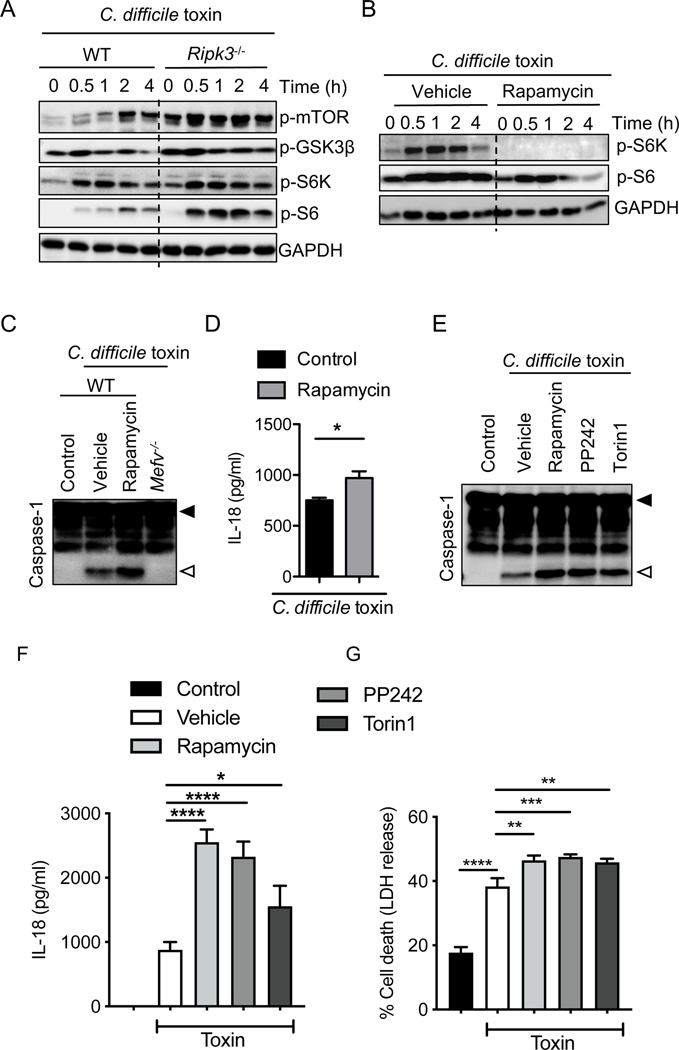FIGURE 4. RIPK3 modulates pyrin inflammasome activation via mTOR signaling in response to C. difficile toxin stimuli.
(A and B) Immunoblot analysis of the activation status of mTOR and its downstream pathway in wild type (WT) and knockout (A) or WT (B) bone marrow-derived macrophages (BMDMs) stimulated with control or C. difficile toxin stimuli for the indicated time. (C and E) Immunoblot analysis of caspase-1 processing in BMDMs from WT or knockout mice treated with control or C. difficile toxin stimuli and either vehicle, rapamycin, PP242, or torin1 for 6 hours. Filled arrow designates the pro-form (p45), and open arrow designates cleaved caspase-1 (p20). (D and F) IL-18 release after stimulation of WT BMDMs with control or C. difficile toxin stimuli for 6 hours. (G) Percent of BMDMs exhibiting membrane permeability after stimulation with control or C. difficile toxin stimuli for 6 hours, assessed by lactate dehydrogenase (LDH) release. (B–G) BMDMs were incubated with mTOR inhibitors rapamycin, PP242, or torin1 (as indicated) for 30 minutes prior to addition of control or C. difficile toxin stimuli. Control refers to stimulation with supernatant from toxin-negative C. difficile cultures. Data are presented as mean ± s.e.m. (D, F, and G) from technical replicates, and are representative of at least three independent repeats. *P < 0.05; **P < 0.01; ***P < 0.001; and ****P < 0.0001 using student’s t-test (D and F) and one-way ANOVA followed by Fischer’s LSD post-test (G).

